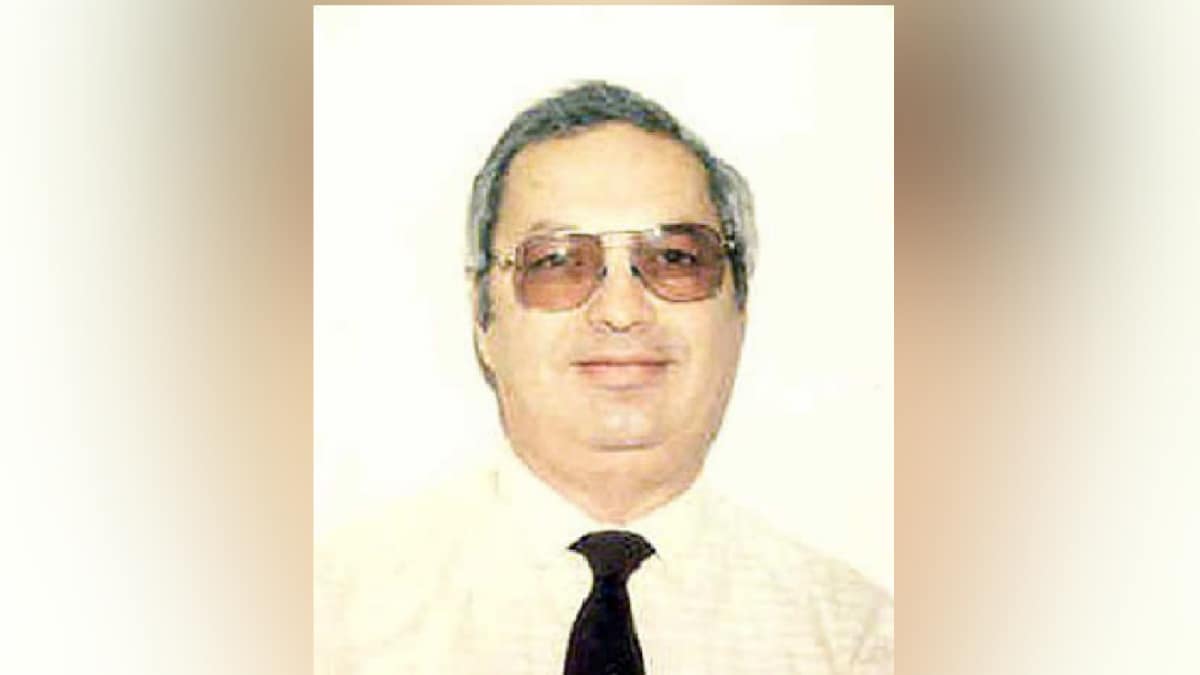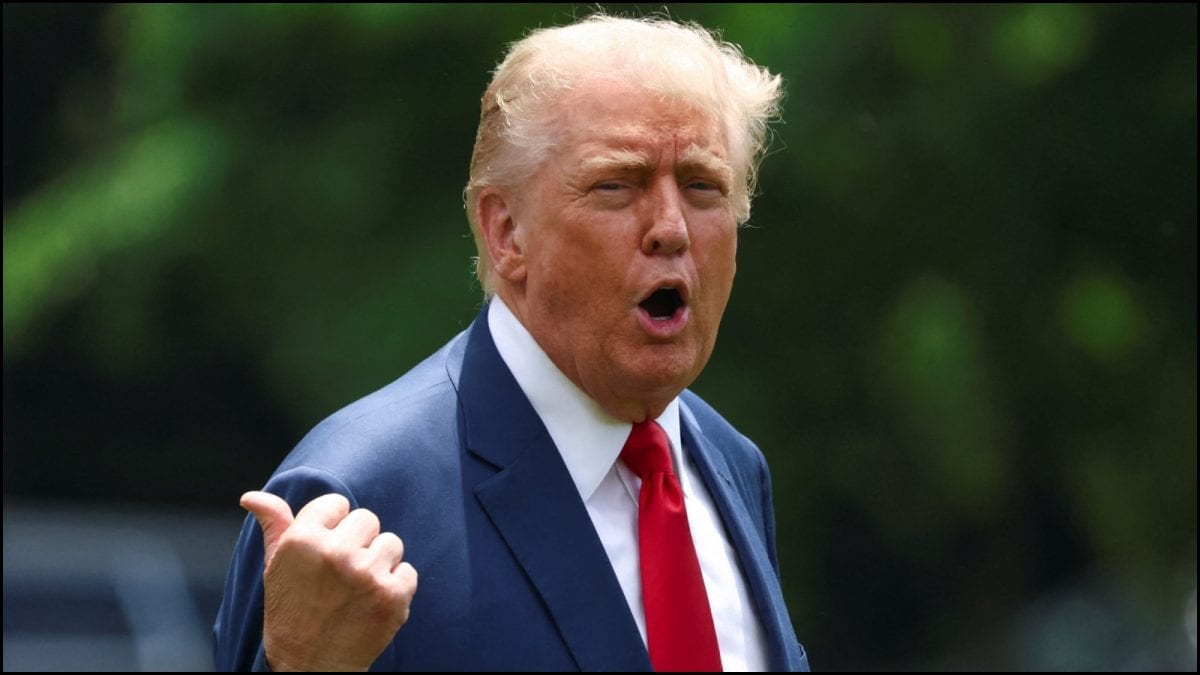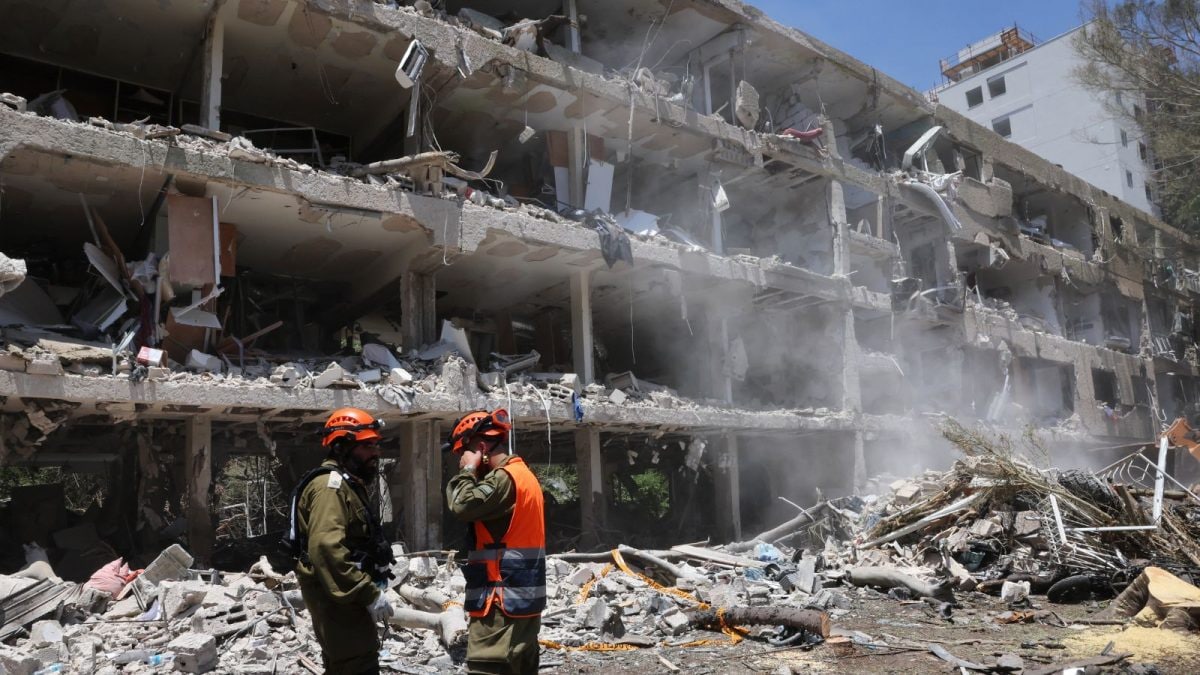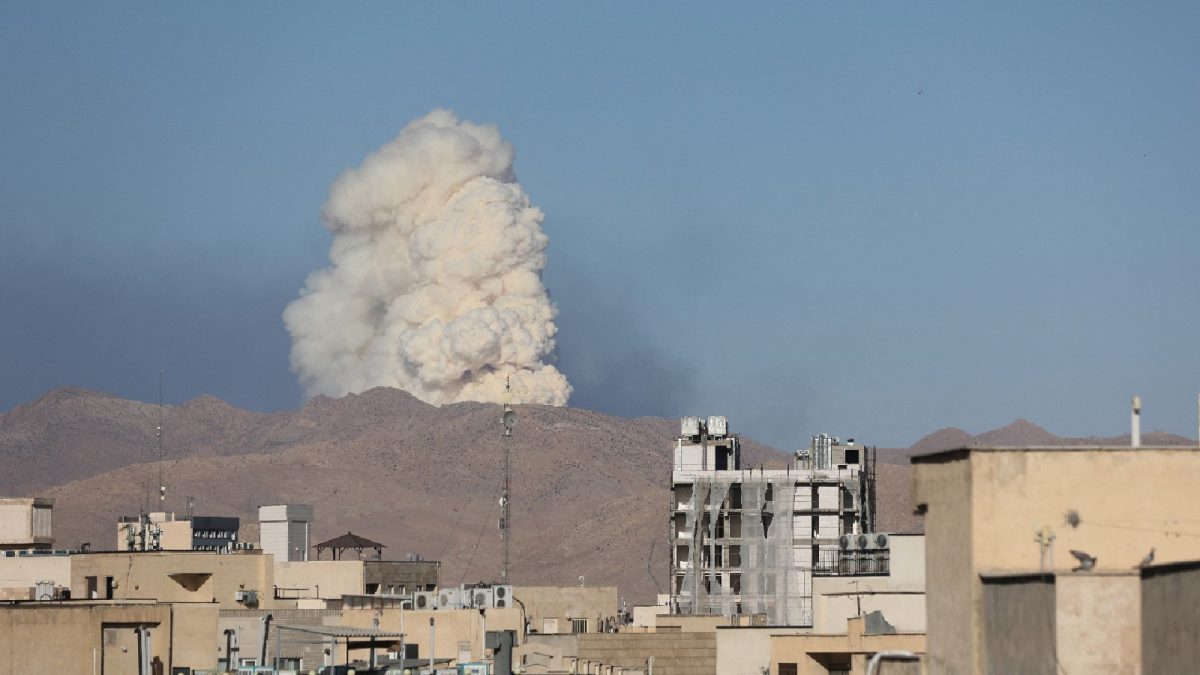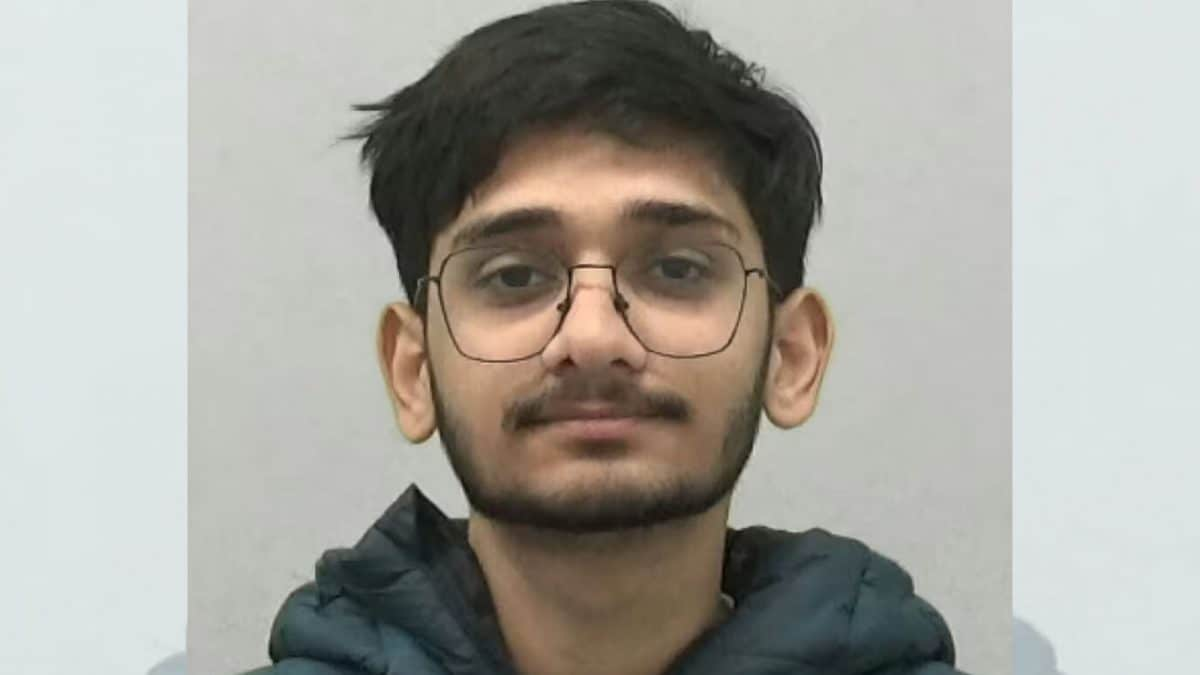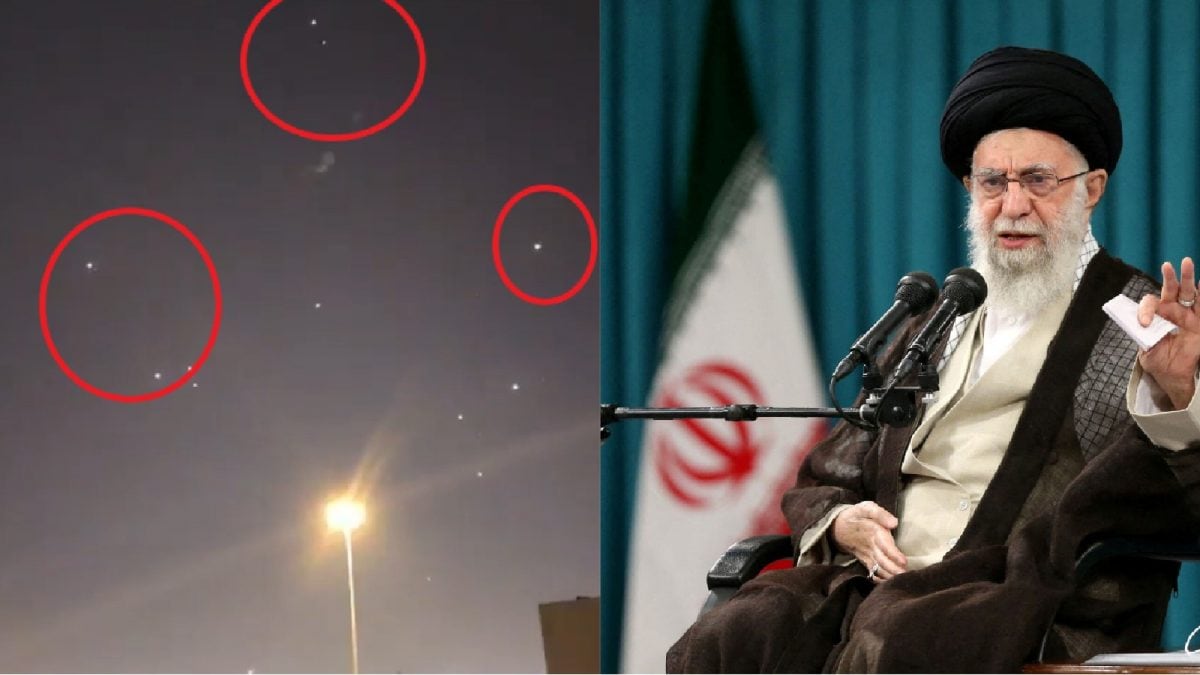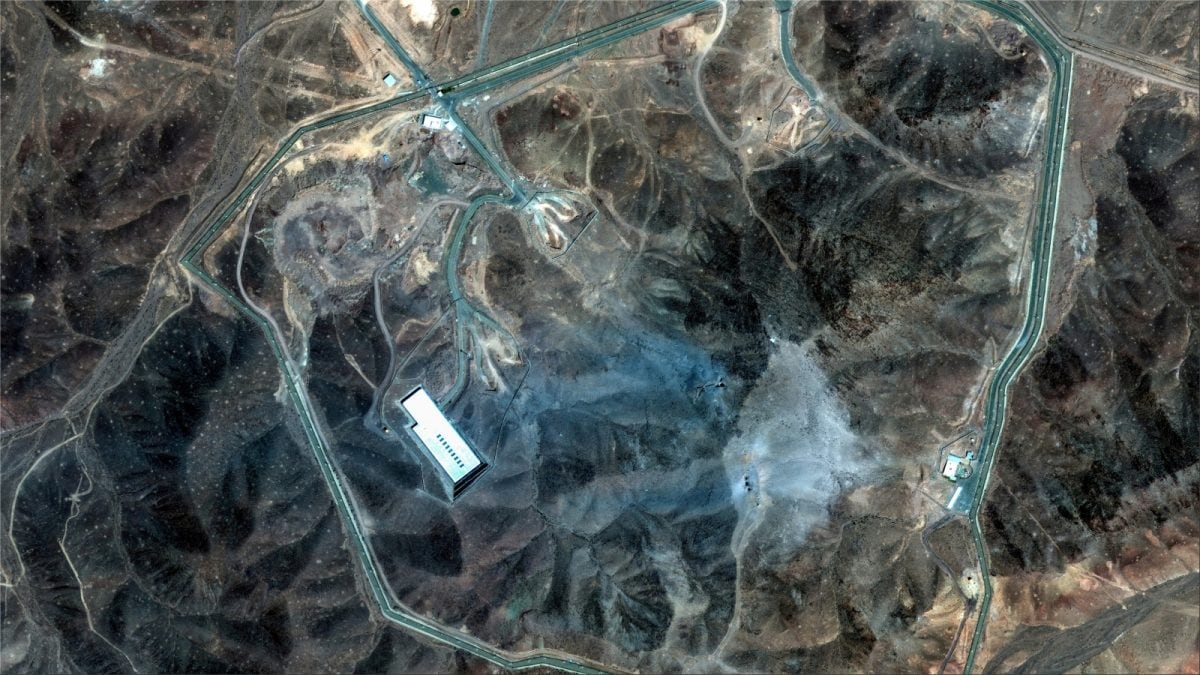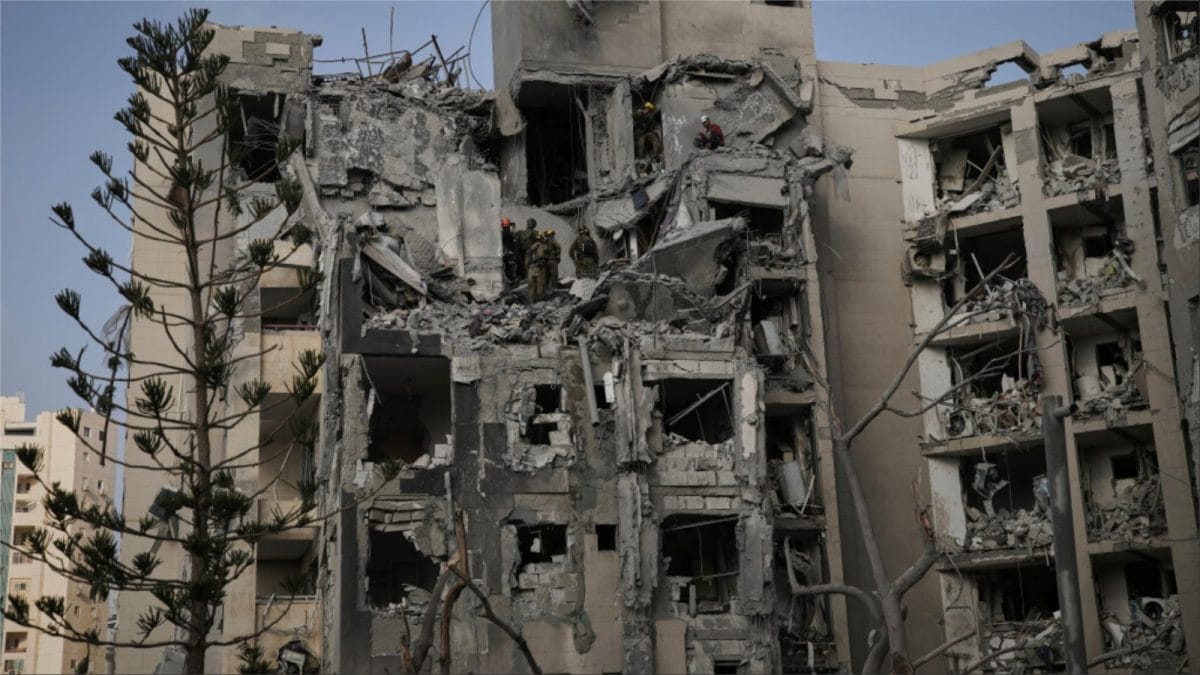India-born engineer Noshir Gowadia, who played a key role in developing the B-2 bomber's stealth propulsion system, was sentenced to 32 years in prison for leaking classified US military secrets to China and other countries. His disclosures reportedly helped China develop stealth cruise missile technology.

Noshir Gowadia, who was born in Bombay (now Mumbai), played a major role in developing stealth propulsion system of the B-2 Spirit bombers. (Image: AFP/US Air Force)
An India-born engineer, Noshir Sheriarji Gowadia, who played a key role in developing the stealth propulsion system of the B-2 Spirit bombers, deployed by the US in Operation Midnight Hammer against Iran, was later sentenced to 32 years in prison for leaking classified military data to China, which it used to develop a stealth exhaust system for its cruise missiles. Gowadia, born in Mumbai, migrated to the US from India in the 1960s.
Apart from the Chinese government, Gowadia also sold classified design information to individuals in Germany, Israel, and Switzerland.
According to reports, the development of the H-20, China's long-range stealth bomber, was linked to information shared by Gowadia. Though the H-20 was first announced by Chinese officials in 2016, analysts reportedly believe its development began in the early 2000s, around the same time as Gowadia was active as a consultant.
INDIA-BORN ENGINEER GOWADIA'S ROLE IN B-2 BOMBER PROJECT
Gowadia, who worked as a design engineer for the Northrop Grumman Corporation, contributed to technologies that reduced the B-2 Spirit bombers' radar, infrared, and visual signatures, including innovative exhaust configurations and materials that absorbed radar waves.
His efforts made the bomber aircraft exceptionally difficult to detect — comparable in radar visibility to a flying disc (frisbee). He also worked on various other propulsion projects.
Gowadia was accused of travelling to China between 2003 and 2005 while designing the missile, according to a BBC report.
Reports indicate he received $110,000 (approximately Rs 91 lakh), which he used to pay off the mortgage on a luxury property in Maui.
The lengthy prosecution began with his arrest in 2005. According to the US Air Force website, in 2010, Gowadia was convicted of 14 out of 17 federal charges that included espionage, violation of the Arms Export Control Act, and several associated crimes.
Prosecutors claimed that Gowadia's disclosures undermined US national security by giving China access to classified stealth technologies that could challenge American military dominance.
The defence claimed Gowadia shared only publicly available data and argued the government had overclassified the materials. They portrayed him not as a traitor, but as an engineer aiming to advance aerospace technology, not harm US interests.
GOWADIA GAVE MISSILE EXHAUST BRIEFINGS IN CHINA: US AIR FORCE
During his trips to China, Gowadia visited an aeronautical testing facility to identify design flaws and technical deficiencies, in addition to providing briefings and presentations about the missile exhaust system and its heat signature, said the official US Air Force website.
Evidence also showed he had provided top-secret information about the TH-98 Eurocopter to a foreign government official in Switzerland and sent other classified information to businesses in Germany and Israel.
Gowadia spent nearly two decades, from around 1968 to 1986, at Northrop Grumman, maker of the B-2 bomber. He became a US citizen on July 25, 1969, and continued handling classified government work as a contractor until his security clearance was revoked in 1997.
Gowadia was born in 1944 in Bombay (now Mumbai) and moved to the US in the summer of 1963 to study aeronautical engineering.
- Ends
Published By:
Gaurav Kumar
Published On:
Jun 24, 2025

 3 hours ago
3 hours ago


